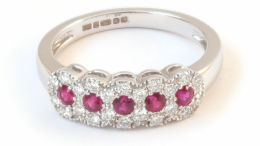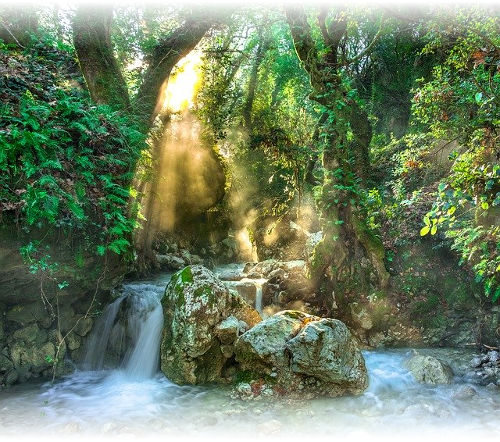This metal is widely used as an alternative to platinum. It began to see wider use in 1939, as during the Second World War Platinum was declared a strategic metal. As such, jewellery makers were forced to abandon the use of platinum during that time period with many turning to palladium as a replacement. Though for a time palladium was not only more expensive than platinum, but also difficult to work into jewellery, eventually methods to more easily work the metal were found.
Use
Early on, palladium was used because it was a good alternative to platinum which became unavailable for use in jewellery. Even after the Second World War, palladium remained in the jewellery industry as an option for jewellery makers to use. Up to 2004, palladium was most commonly used in the creation of white gold. After that, with a rise of gold and platinum prices, it became a more popular metal to create jewellery with it.
With the introduction of Hallmarking for palladium in 2010, its use became standardized and since then all jewellery advertised as pure or alloyed palladium must be hallmarked if it is above the exemption weight. Currently, the agreed standards are 500, 950 and 999 with 999 being the closest to pure palladium, and the minimum exemption weight is 1.0 grams - any jewellery containing at least 1 gram of palladium needs to be hallmarked.
While palladium is quite popular in jewellery, it is also widely used in many other areas such as electronics or photography.
Properties
Palladium is a rather brittle metal, and much like gold it can be beaten into a very thin layer called a leaf. Generally it is not considered to be toxic if ingested in small amounts, though it is not absorbed very well. Interestingly, at temperatures above 400 centigrade palladium can discolour in contrast to platinum. Fortunately, this is generally not a concern in daily jewellery use.
Hopefully this will have helped you understand why palladium became a choice for jewellery makers, and why it gains increasing popularity!









